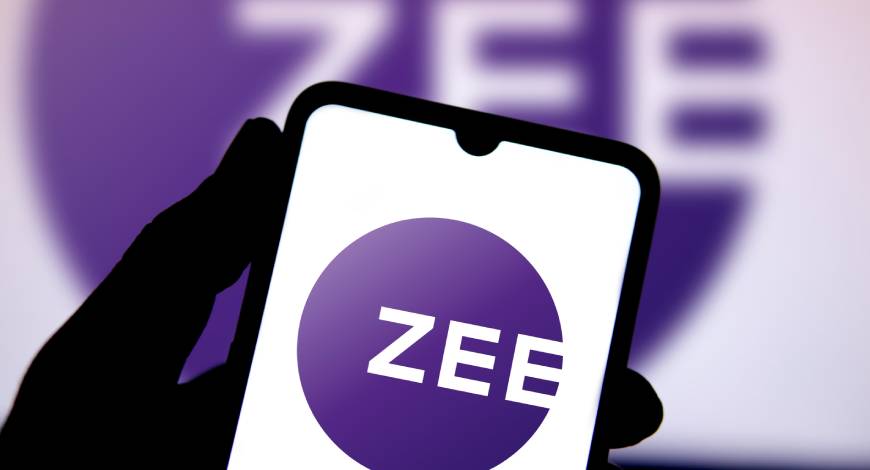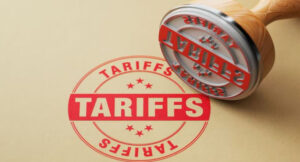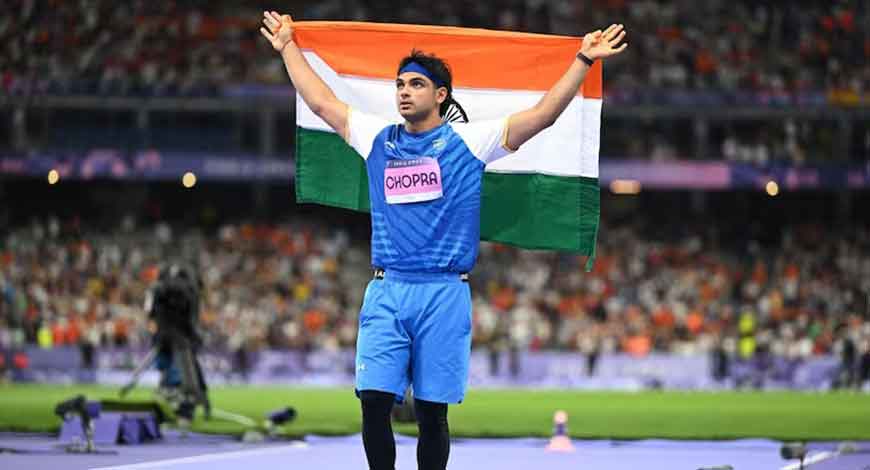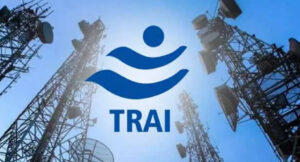The UK has become the first country in the world to join a new global network of health regulators focused on the safe, effective use of artificial intelligence (AI) in healthcare.
The move puts the Medicines and Healthcare products Regulatory Agency (MHRA) at the centre of global efforts to get trusted AI tools safely into clinics faster – supporting earlier diagnosis, cutting NHS waiting times, and backing growth in the UK’s health tech sector.
By joining the HealthAI Global Regulatory Network as a founding ‘pioneer’ country, the MHRA will work with regulators around the world to share early warnings on safety, monitor how AI tools perform in practice, and shape international standards together – helping make AI in healthcare safer and more effective for patients around the world. Other countries are expected to join in the coming months.
The MHRA will draw on its leading work at home to help shape the network from the ground up. That includes AI Airlock, a global leading example of a regulatory sandbox for AI medical devices – which lets companies test new tools with the regulator before wider NHS roll-out. Early examples include AI models to help GPs spot lung conditions sooner and AI to support more personalised cancer care.
The MHRA has updated guidance and begun reforming medical device safety regulations, and continues to adapt them for fast-developing areas such as adaptive and generative AI. The MHRA is also working with researchers, National Institute for Health and Care Excellence (NICE) and the NHS to strengthen real-world evidence on how these tools perform in practice.
A signing ceremony to mark the UK’s membership took place today at Westminster with Science Minister Lord Vallance, MHRA Chief Executive Lawrence Tallon and Dr Ricardo Baptista Leite, CEO of HealthAI.
Health and Social Care Secretary Wes Streeting said, “I’m delighted that the UK has been invited to become a Pioneer Country in HealthAI’s Global Regulatory Network.
“This recognition underscores our commitment to being at the forefront of responsible AI innovation in healthcare. As we implement our 10 Year Health Plan, cutting-edge technology will be crucial to transforming patient care and NHS efficiency.
“Working with international partners through this network will ensure we harness AI’s incredible potential, while maintaining the highest standards of safety and ethics.”
Science and Tech Secretary Peter Kyle said, “The UK is leading the way in making sure AI delivers real-world benefits – from better care for patients to new opportunities for growth.”
“By shaping global standards and breaking down unnecessary regulatory barriers at home, we’re helping innovators to get trusted tools into the NHS faster, improving treatments for patients while growing our economy in support of our Plan for Change.”
MHRA Chief Executive Lawrence Tallon said:
“AI has huge promise to speed up diagnoses, cut NHS waiting times and save lives – but only if people can trust that it works and is safe. That’s why we’re proud to be leading the way, shaping how this powerful technology is used safely in healthcare here and around the world. From our AI Airlock testbed to new guidance on fast-moving tech like generative AI, we’re backing smart innovation that works for patients – and makes the UK the best place in the world to develop it.”
Dr Ricardo Baptista Leite, CEO of HealthAI, – The Global Agency for Responsible AI in Health, said, “We are proud of this landmark collaboration with the UK Government and the MHRA. The UK has long been a trailblazer at the intersection of artificial intelligence and health, and we are honoured to welcome it as the first of ten pioneer countries in the HealthAI Global Regulatory Network, fostering global collaboration and shared learning in the regulation and scaling of AI for health. We believe the UK will both strengthen its leadership in this critical field and offer invaluable expertise to its peers, accelerating global progress toward equitable, AI-powered health systems that ultimately contribute to improving quality of life and well-being for all.” GOV.UK









